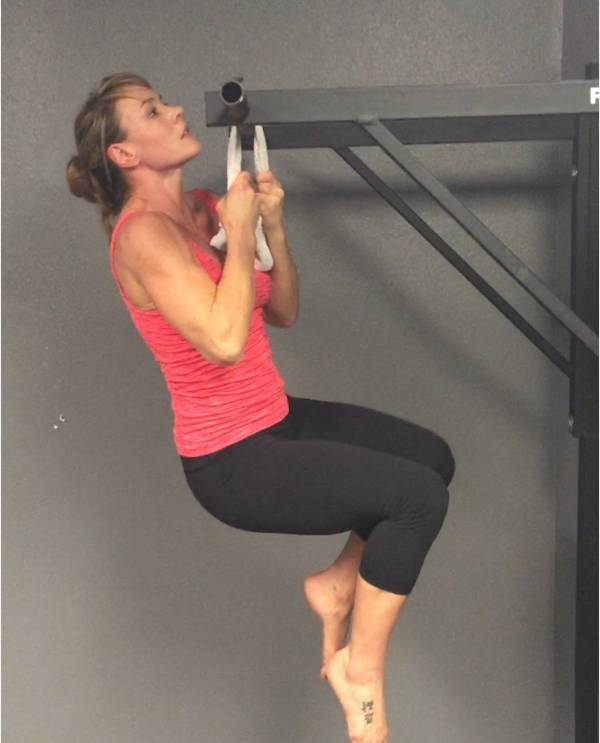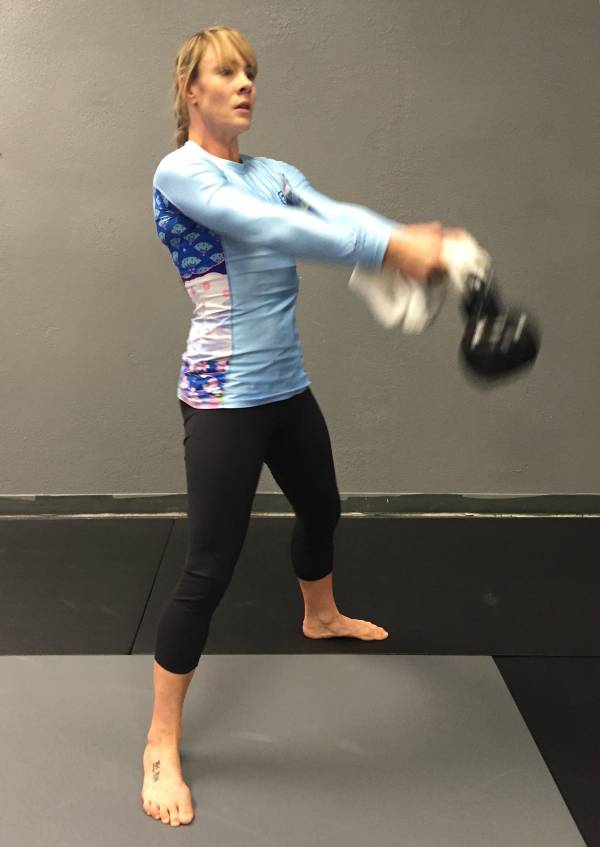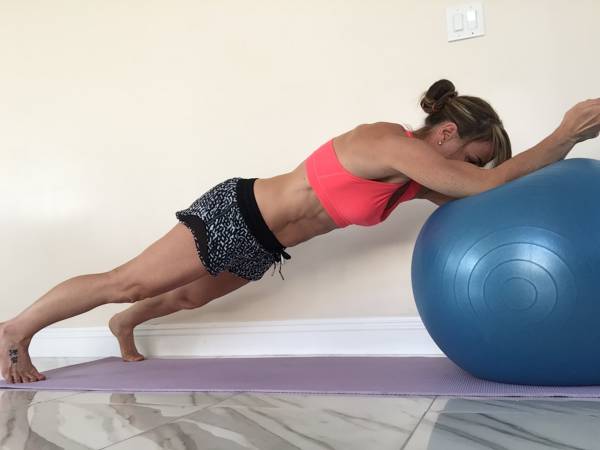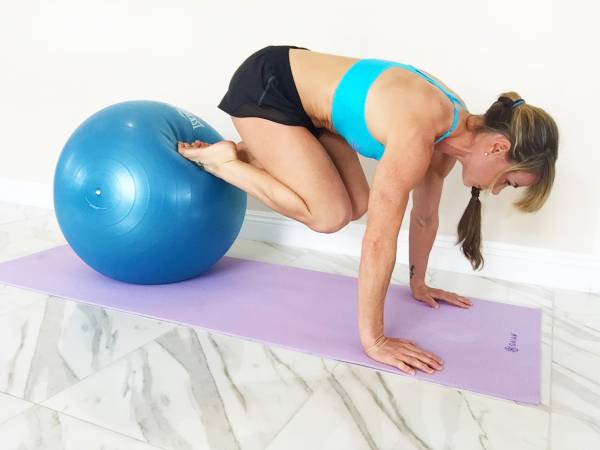In the culture of Brazilian Jiu-Jitsu, it is encouraged for the athletes to train more and more. Athletes are training Jiu-Jitsu every evening, lifting weights every morning or vice versa, and doing two sessions a day at least five to six days a week.
In the culture of Brazilian Jiu-Jitsu, it is encouraged for the athletes to train more and more. Athletes are training Jiu-Jitsu every evening, lifting weights every morning or vice versa, and doing two sessions a day at least five to six days a week.
If you are training this way, yet feeling like you are not necessarily progressing because you:
- Have no explosive power
- Your timing is off
- You are always feeling tired.
- Have difficulty retaining the information taught
Then most likely, you are overtraining.
Do You Overtrain?
Many chronically overtrained athletes come my way feeling like this, and to top it all off, they are frustrated because they can’t lose weight even with all the training.
Brazilian Jiu-Jitsu is a complex sport that is very taxing on the nervous system.
It involves the constant activation of multiple muscle groups with both significant movements and small, subtle movements.
The rolling around at the gym can be up to eight minutes long, and black belt matches are ten minutes long, so muscular endurance and cardio fitness are necessary to be explosive within that timeframe. Hence, BJJ requires all energy systems to be firing at one stage or another.
Relax and Repair the Central Nervous System
There are methods for increased recovery, such as ice baths, meditation, and good nutrition.
Deep sleep is one of the best ways to deal with overtraining because it allows the central nervous system to relax and begin the repairing process. Many people don’t understand that the nervous system takes much longer to recover than other systems, such as the muscular.
Due to the nervous system affecting slow muscle firing, which then may influence:
- Reaction time
- Speed
- Grip strength
- Explosive power
Ironically, once our nervous system is fried, it’s hard to sleep, yet it’s what our body needs the most when we continually train to recover.
Even though ice baths, meditation, and good nutrition will help mitigate some adverse effects of chronic overtraining, it will eventually catch up if we do two intense sessions a day.
Structure and Periodization
Bazilian, Jiu-Jitsu training needs to be periodized and structured for long-term success.
- If you want to train on the mat daily, there need to be days selected for hard rounds and other days for more flowing rounds, focusing on the sport’s more technical aspect.
- Strength training should only be performed about twice a week and should be done on the days you are doing flow rolls.
- Make the strength sessions count and perform them with intensity. Then, give your body time to recover.
- Don’t go to the gym and go through the motions just because you think you should—which so many of us do.
- Push yourself to make those gains and make each session count.
Perform with purpose.
Choose Exercises That Mimic Movement Patterns
In the bodybuilding culture (why gyms came about in the first place), lifting started with the purpose of building big muscles.
This way of lifting is not necessarily conducive to performance athletes who need to work the compound movements of multiple muscle groups at one time for coordination or core strength for balance, power, speed, and muscular endurance.
Getting creative is the key, so try and mimic the movement patterns of BJJ as closely as possible. Think outside the box.
Here are some great exercises to perform back to back that will benefit any performance athlete.




Performing the workout in a circuit-based format with little rest is ideal while building muscular endurance and cardiovascular fitness.
Aim to do significant full-body movements that activate the core to build overall full-body strength, then spend the remainder of the day resting if you can or doing technique and flow rolls. Limit these effective and intense strength sessions to only about two days per week.
Once a week, allow a full day of rest to allow your muscular system and your nervous system, and joints to recover and recharge.
Start the following week strong and repeat. By adding rest, it reduces your stress levels which will help to keep you lean.
Athletes who chronically overtrain are highly stressed, and as a result, they are holding onto body fat and water.
Train intensely with less overall volume, rest to recover and de-stress, and you will be leaner in the long run.
In It for the Long Haul
For most of us to embark on this beautiful Brazilian Jiu-Jitsu journey, we want to be in it for the long-haul. You want to keep progressing and keep your body healthy and strong by training smarter and not necessarily harder.
To sum it up, aim for three hard BJJ sessions a week, two intense strength sessions a week, and one full rest day a week.
This schedule will give you the recovery you need to keep working towards your goals without fatigue or burnout. It will also keep you progressing and on track to a black belt.






